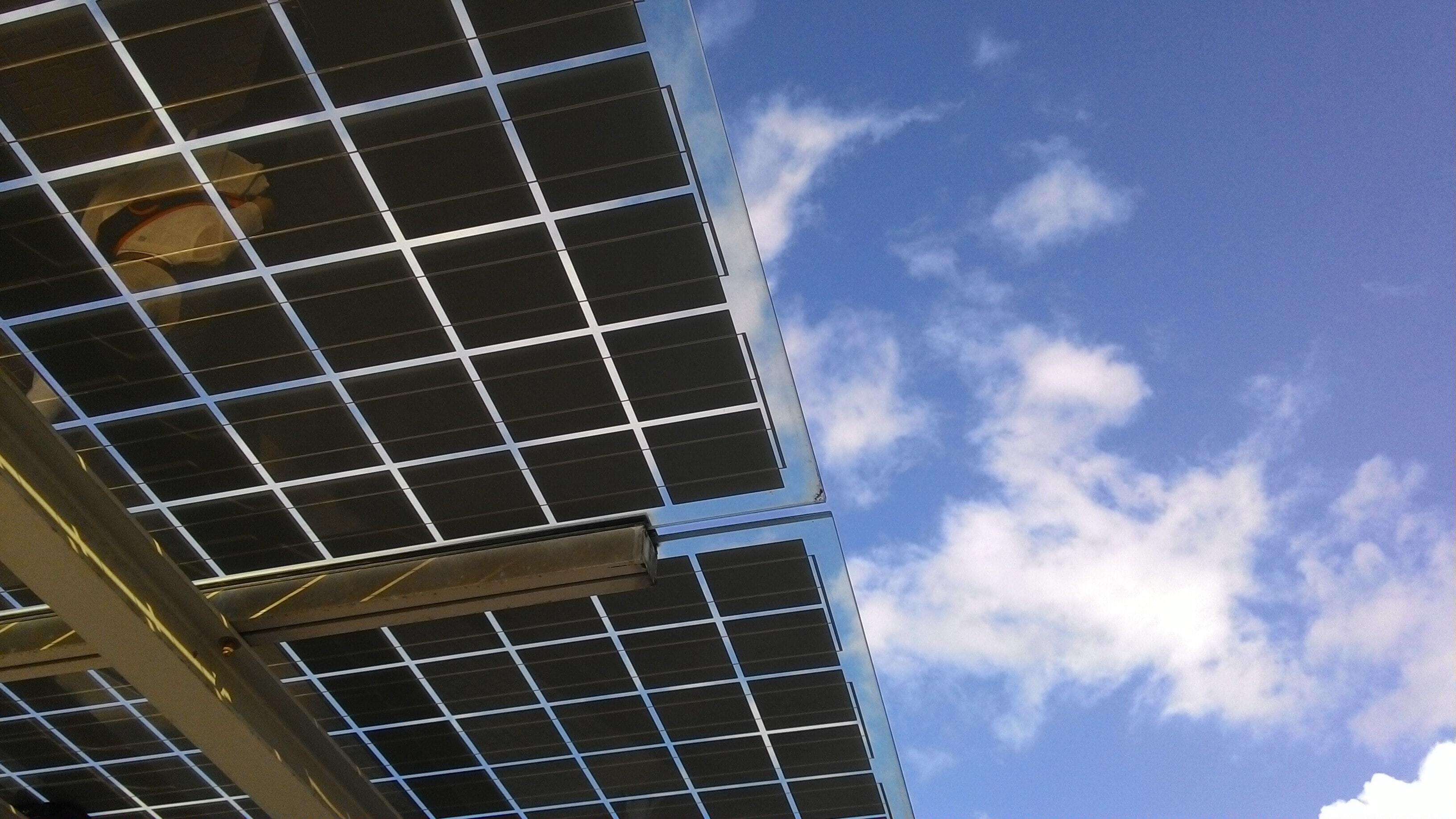
Wood has been prized as a building material for thousands of years. Strong, pliable, and economical, wood has been an integral part of everything from the most modest of homes to some of the most impressive examples of architectural talent ever created. But wood has several drawbacks: it rots, it blocks light, and it serves as a tasty meal for a number of critters. But now, scientists are opening up new possibilities of construction by creating transparent wood that corrects for many of these shortcomings. And spectrophotometric analysis will play an integral role in making the most of this revolutionary new material, helping us realize the potential of transparent wood for homes and buildings.
Lignin naturally lends wood a distinctive yellowing color. By chemically removing the lignin, researchers are able to create a white base to be filled with transparent epoxy. Image Source: Unsplash user Andrew Collins



